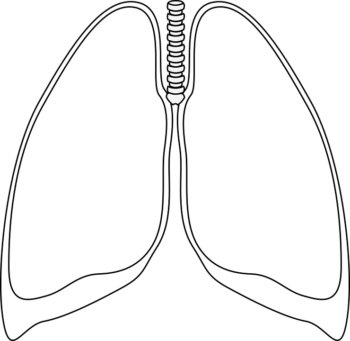Image Interpretation

Lesson Objectives
- Recognize the following findings on lung ultrasound:
- Lung sliding and associated: barcode sign, seashore sign
- Lung pulse
- Lung point
- Consolidation and associated: spine sign, shred sign, air bronchograms, curtain sign
- Pleural effusion and associated: quad sign, sinusoid sign, shred sign, jellyfish sign / lung flapping, plankton sign, fibrin strands
- Be able to integrate clinical findings and ultrasound findings
Video
Review Questions
- How can you manipulate your ultrasound image to better appreciate lung pulse?
- True of False: Loss of lung sliding means a diagnosis of pneumothorax
- What artefact is produced due to interstitial fluid or fibrosis?
- True or False: B-lines rules out pneumothorax at its location
- You notice B-lines on your lung ultrasound image and see that the pleura is irregular and jagged. What is more likely, cardiogenic pulmonary edema or an inflammatory/fibrotic process?
- You see a single B-line when putting your probe against a patient’s dependent zone. What is this likely to be?
- What does the shred sign signify?
- True of False: Complex effusions have blood flow
- How can pleural effusions be classified?
- How do transudative and exudative effusions appear on ultrasound?